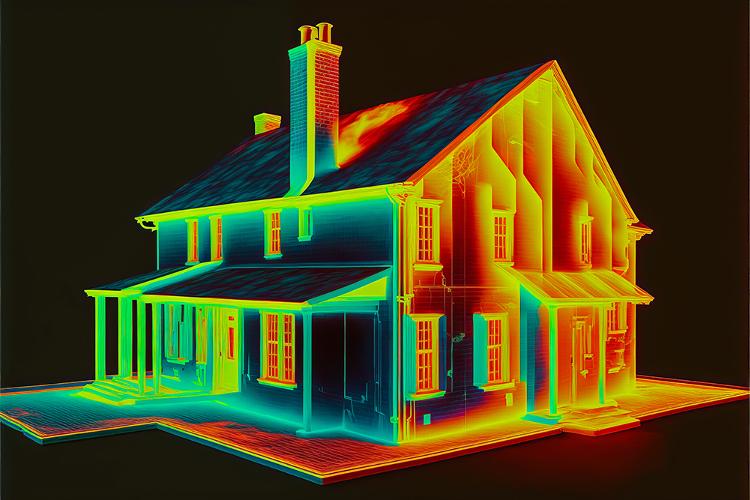Understanding Rendering vs. Insulated Rendering: Benefits of Insulation in Exterior Projects
When it comes to enhancing the exterior of your home, rendering is a popular choice among homeowners. However, many are unaware that there are different types of rendering, including standard rendering and insulated rendering.
What is Rendering?
Rendering is the process of applying a protective and decorative coating to the exterior walls of a home. This can dramatically improve the appearance of your property while also providing some degree of weatherproofing. The most common type of render is made from a mixture of cement, sand, and water, which can be applied in different textures and finishes. We use more modern resin and silicon renders, which are more durable than traditional sand and cement, and generally maintenance free.
Benefits of Standard Rendering
Aesthetic Appeal: Standard rendering can cover up imperfections in the original wall surface, providing a fresh and modern look.
Weather Resistance: It offers a barrier against rain and wind, helping to protect your home from the elements.
Cost-Effective: Generally, standard rendering is less expensive than insulated alternatives, making it an attractive option for those on a budget.
What is Insulated Rendering?
Insulated rendering, on the other hand, combines the aesthetics of rendering with an additional layer of insulation. This method involves applying a layer of insulation material to the exterior walls before applying the render. The most common insulation materials used are expanded polystyrene (EPS) and mineral wool, which can significantly enhance the thermal performance of your home.
Benefits of Insulated Rendering
Improved Energy Efficiency: The primary advantage of insulated rendering is its thermal performance. By adding insulation, your home will retain heat in the winter and stay cooler in the summer. This can lead to significant savings on energy bills, making it a wise investment over time.
Reduced Carbon Footprint: With increased energy efficiency comes a reduced carbon footprint. Insulated rendering helps in lowering your home's energy consumption, contributing to a more sustainable lifestyle.
Condensation Control: Insulated rendering can effectively reduce the risk of condensation and dampness in your home. By maintaining a warmer wall surface, it helps prevent moisture-related issues, protecting the structural integrity of your property.
Enhanced Comfort: A well-insulated home is more comfortable to live in. You'll notice fewer drafts and temperature fluctuations, making your living spaces more enjoyable year-round.
Aesthetic Versatility: Like standard rendering, insulated rendering offers a variety of finishes and colours, allowing you to enhance your home's appeal while enjoying the benefits of insulation.
Which Option Should You Choose?
When deciding between standard rendering and insulated rendering, it's essential to consider your goals. If you're primarily focused on aesthetics and are working with a limited budget, standard rendering may be suitable. However, if you're looking for the long-term benefits of energy efficiency, comfort, and moisture control, then insulated rendering is the ideal option.
While both rendering and insulated rendering serve to enhance the exterior of your home, insulated rendering brings added benefits that can significantly improve your home's energy efficiency and overall comfort. At Smarter Homes Ltd, we offer both options and can help you choose the best solution for your property.



